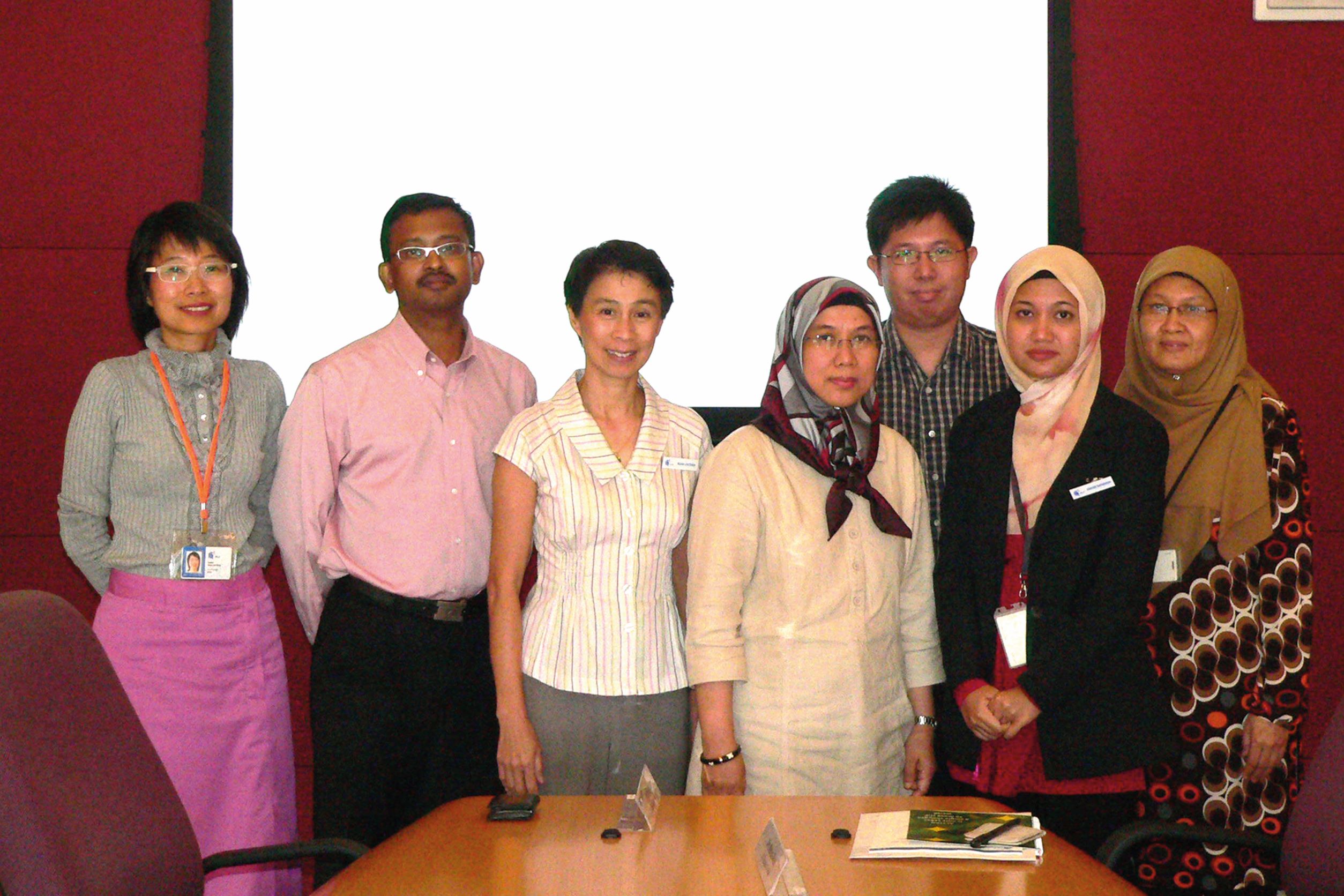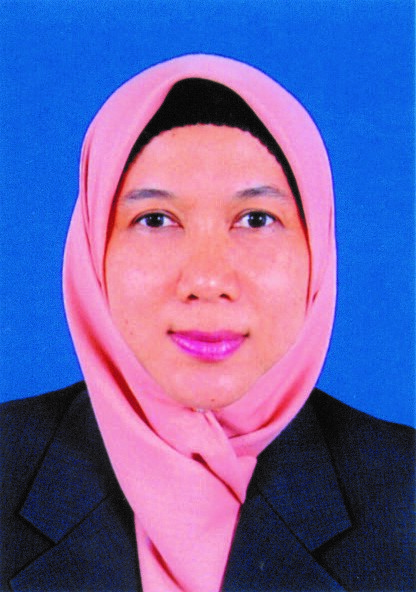Lee Kong Chian Research Fellow: Dr Mahani Binti Awang
The new Lee Kong Chian Research Fellow, Dr Mahani Binti Awang, shares her life story.

Although born in Kelantan, I spent most of my childhood in the neighbouring state of Terengganu where my father worked at a land scheme, and received my early education in Kuala Berang in Terengganu. Kuala Berang is a humble rural town, but has an important and ancient local history. It is famously known as the place where the Terengganu Stone was found. The stone which has an inscription dated 1303 A.D. is commonly accepted as archival evidence of the early arrival of Islam to the Malay Peninsula.
In addition to this, Kuala Berang also goes down in history as the first royal town in Terengganu when the first sultan of Terengganu, Sultan Zainal Abidin I, made Kuala Berang his home. The importance of Kuala Berang in the history of Malaya is evident during the colonial period when it became one of the strongholds of the famous Terengganu Peasant Uprising (against the British) in 1928, led by the religious leader Haji Abdul Rahman Limbong.
These exciting historical facts were unknown to me until I became a student at the School of Humanities in Universiti Sains Malaysia. While pursuing my degree in History at the university, I learned in my Malaysian history classes that my childhood days were spent in a district that experienced events of historical proportions. This discovery was even more meaningful when I recalled my close friends remembering their grandfathers as “brave fighters who fought the white men”.
My tranquil life in a laidback rural town in Terengganu changed tremendously when my family moved to Ipoh, Perak, on the west coast of peninsular Malaysia. Dubbed as the “mining town”, Ipoh opened up new challenges to my family and me. Perak was unlike the predominantly Malay states on the east coast of peninsular Malaysia where I had lived previously. The city of Ipoh had a multi-ethnic and multireligious population. The exposure to other ethnic groups, religions and culture proved to be a new experience that would have a lasting impact on me and shaped my world view. My time in Ipoh helped me to grow up with a better understanding of other people and communities with different beliefs and cultures. In 1978, at an impressionable age of 14 I attended an all-girls school in Ipoh where I met and made friends with girls from other ethnic groups. This was significantly different from my “Terengganu days” when my friends were predominantly Malays.
While in secondary school, I was known as a talented artist. My group won second place in the state level painting competition held in conjunction with the National Day celebrations in the early 1980s. I still like to paint. Besides painting, I also enjoy music and am a fan of the late Michael Jackson. My appreciation of the arts also extends to drama. I own a wide collection of popular Korean dramas and am particularly drawn to dramas such as Jewel in the Palace and Hwangjini which focus on women’s life in the great Joseon dynasty.
I enjoy cooking and am passionate about Indian Muslim cuisine. I also like reading, particularly magazines and books on antique collections, paintings and museums. Museum visits are a must whenever I’m on holiday with my family. I visit museums not just as a hobby but also because it is useful to me as a consultant to the Penang State Museum. I believe that museums, besides textbooks, are important in educating people and the younger generation on the meaning of history and nation-building.
An avid believer of peace, justice and respect for all, I fervently hope that all nations, regardless of wealth and power, respect the sovereignty and freedom of every other nation. I also look forward to the day when gender discrimination is a thing of the past and when women are treated equally, respected and appreciated at all levels of the society.

Lee Kong Chian Research Fellow
National Library

